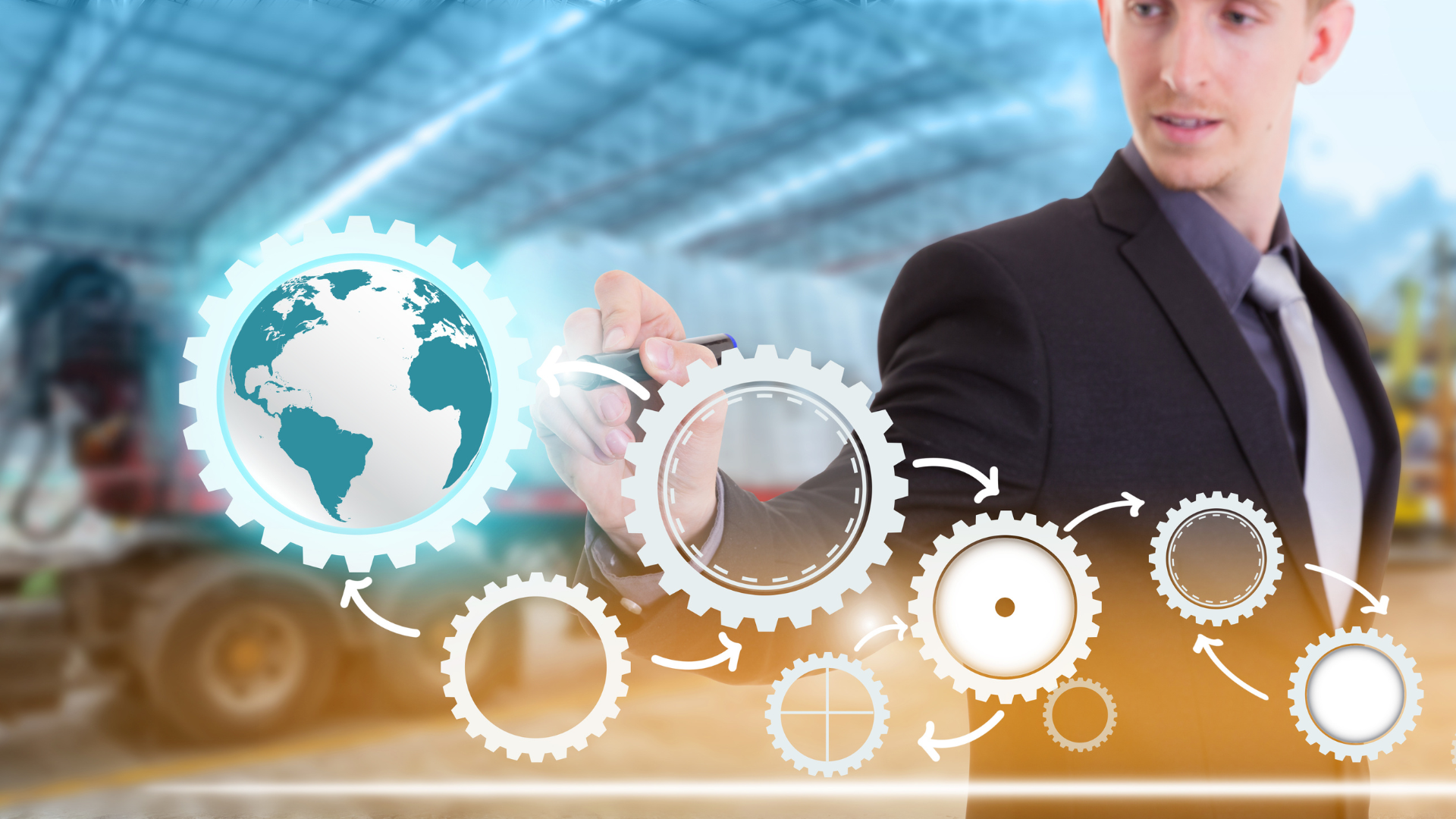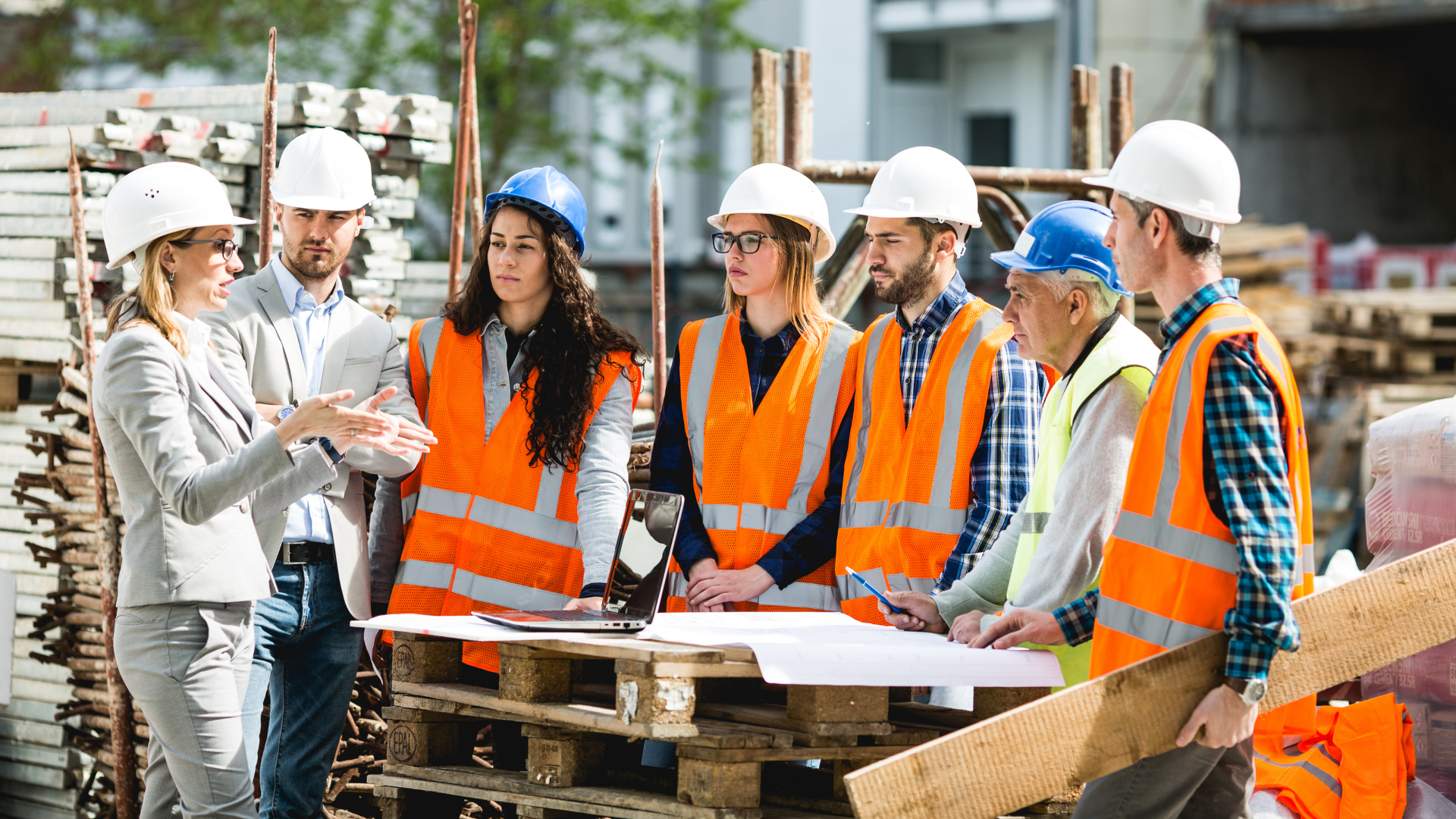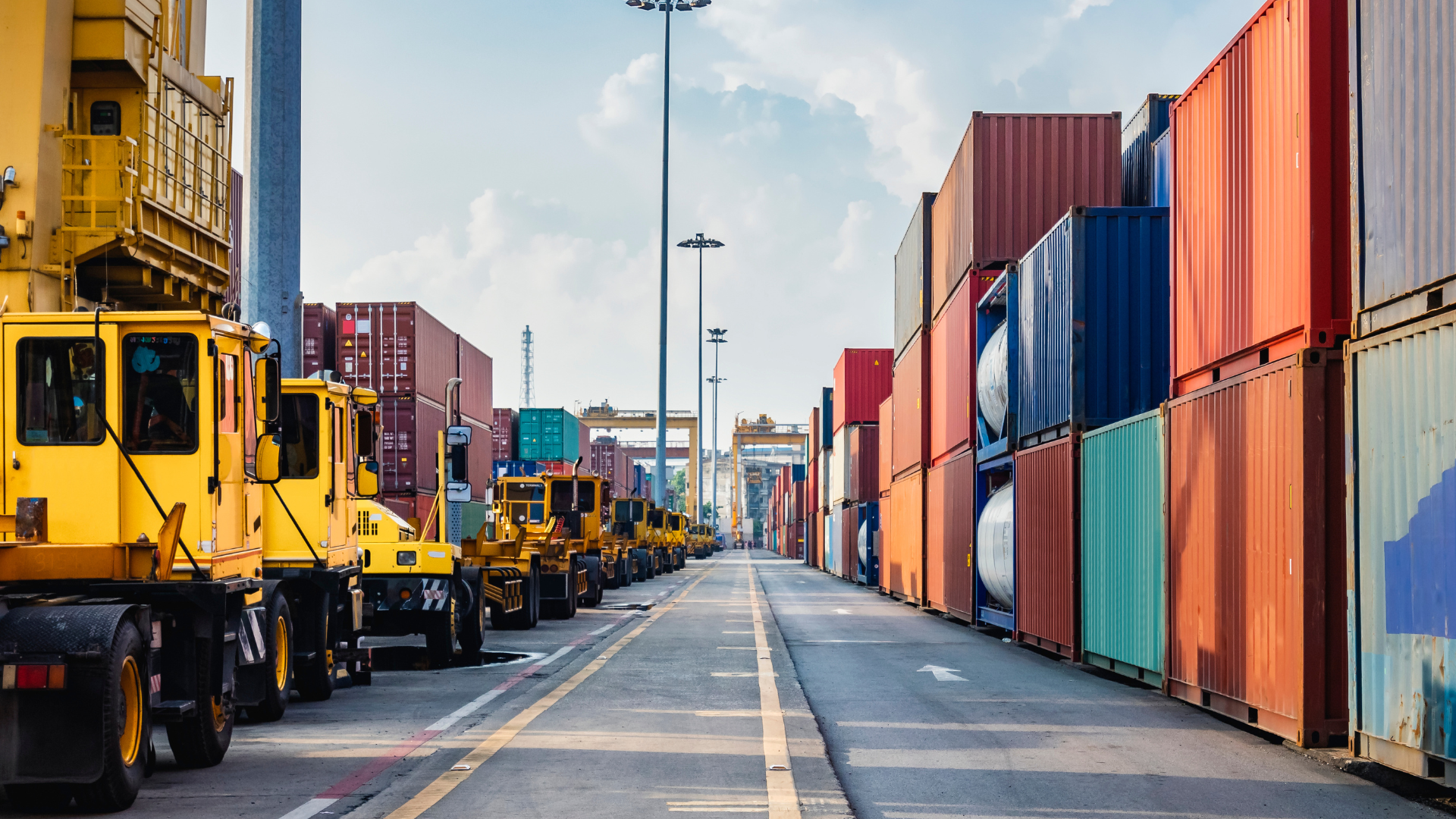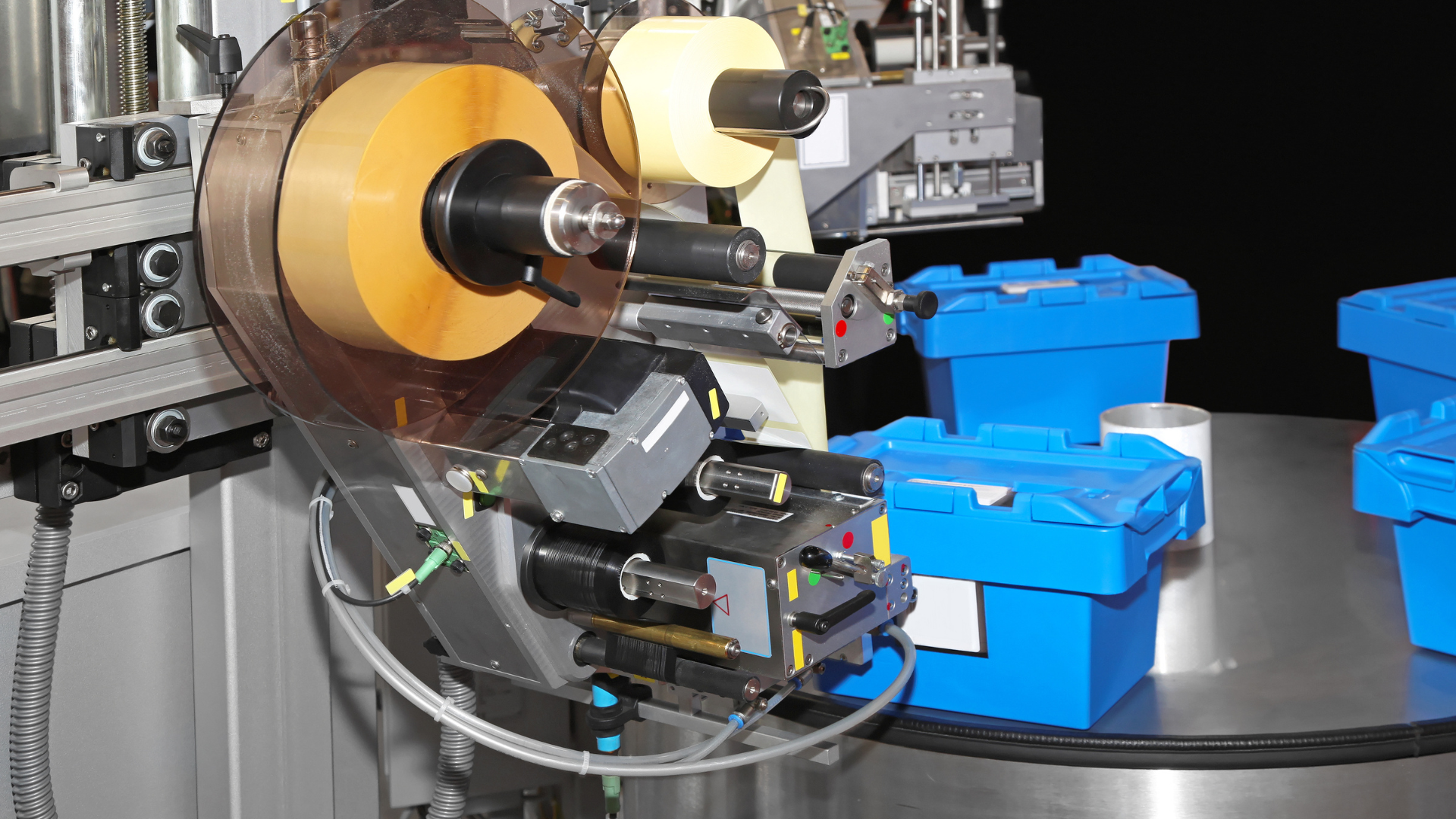Are you planning to renovate your home or build a new one? Then you might be wondering what the difference is between a contractor and a builder.
In this blog article, we will explore the different roles that contractors and builders play in construction. We will also discuss the skills and experience each brings to the table.
So if you are wondering what the difference is between a contractor and a builder, read on to find out more.
What Is a Contractor and a Builder?
In the construction industry, a contractor is someone who contracts with a client to provide materials and labor for a project. On the other hand, a builder is a professional who oversees the construction of homes and other buildings. Builders are responsible for ensuring that the project is completed on time, within budget, and to the specifications agreed upon by the client.
What Is the Difference Between Both?
The terms “contractor” and “builder” are often used interchangeably in the construction industry. However, there is a difference between the two terms. A contractor is a person or company that provides labor and materials to perform a specific job. At the same time, a builder is a person or company that builds homes or other structures from the ground up.
Contractors generally specialize in a particular trade, such as plumbing, electrical, or plastering work, while builders are responsible for all aspects of construction, from start to finish. Usually, builders hire contractors to complete specific tasks during the construction process. For example, a builder may employ a Plastering Contractor to prepare surfaces and level off uneven areas, and an electrician to install the electrical wiring.
While contractors and builders are involved in the construction process, they have different roles and responsibilities. Understanding the difference between the two is essential before hiring someone to work on your home or other structure.
What Are the Benefits of Hiring a Contractor?
There are many benefits of hiring a contractor instead of a builder. For one, contractors are usually more affordable since they don’t have the overhead costs of a brick-and-mortar business. They are also more flexible and can often work around your schedule.
Another benefit of hiring a contractor is that they can often provide higher customer service. This is because they’re typically smaller businesses and, therefore, can focus more on each client. Finally, contractors usually have more experience and knowledge in specific areas than builders. This means they can often provide better advice and guidance regarding your project.
What Are the Benefits of Hiring a Builder?
If you are thinking to check out this new home builder you just came to learn about on the Web, then do not hesitate. You are taking the right decision. Though services provided by builders may appear to be more expensive, they offer several benefits that contractors cannot match.
For starters, a builder can offer a warranty on their artistry. This means that if something goes wrong with your home after it is built, the builder will be responsible for fixing it.
Also, builders can provide a turnkey solution for your new home. This means they will handle everything from acquiring the land and building the house to hooking up utilities. You can select your professionals based on the location you want to live in. So, do your research, choose the best place to live, and contact home builders accordingly. Doing so can take a lot of stress off your shoulders.
Note: These are just two of the many benefits provided by builders. There are others that you can learn about on the Internet by doing research.
When to Hire a Contractor or Builder?
There are a few critical instances where hiring a professional contractor or builder is advisable rather than attempting a home improvement project on your own. If the project is large in scope and will require significant time, money, and effort to complete, it is generally best to consult with a professional. Other instances in which you might want to consider hiring outside help include projects that require specialized skills or knowledge, projects that pose a safety risk, and projects that are particularly complex or challenging.
Even if you are confident in your ability to complete a home improvement project on your own, there are certain circumstances where hiring a professional is still advisable. These include instances where the project is:
- Large in scope
- Will require significant time, money, and effort
- Requires specialized skills or knowledge
- Poses a safety risk
- Is particularly complex or challenging
You may have to consider hiring a builder in case you plan to get your house built from the ground up. A home builder can help with custom home designing and construction depending on your budget and requirements. If you opt for a Build Home Denver or elsewhere to get your dream house constructed, it could provide you the flexibility to choose all the facilities and amenities you need in your house. You can also decide on the type of materials used in your home for interiors. So, you can have a modern glass house with transparent walls, or you can go for a wooden cabin with walls, roof, floors, everything made of timber. It’s all up to you.
There is a big difference between contractors and builders, even though they both work in the construction industry. Contractors are usually hired to do specific jobs, whereas builders are responsible for the entire construction process from start to finish. If you’re planning on building a new home, you’ll need to hire a builder rather than a contractor. Make sure you know the difference before you start your next construction project!








